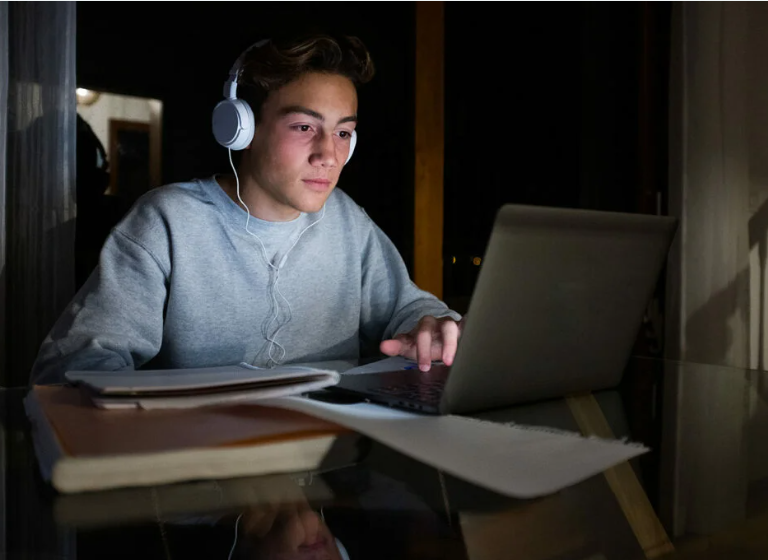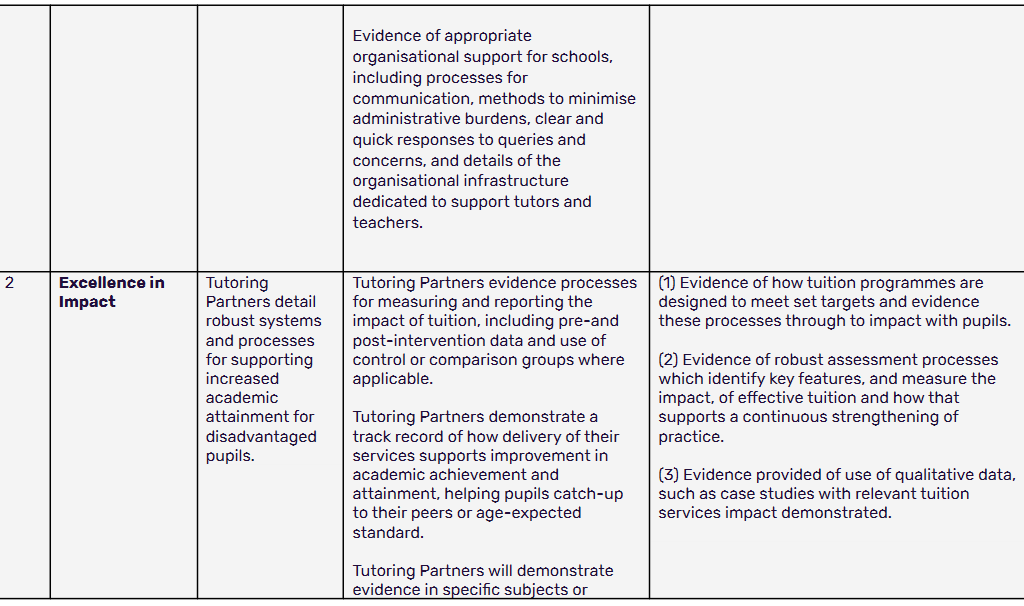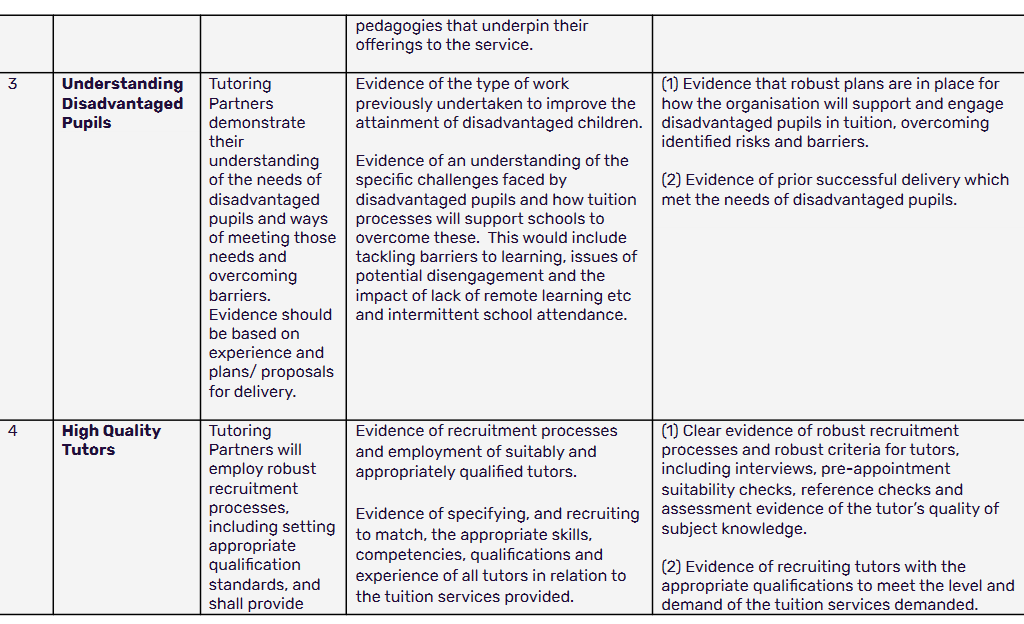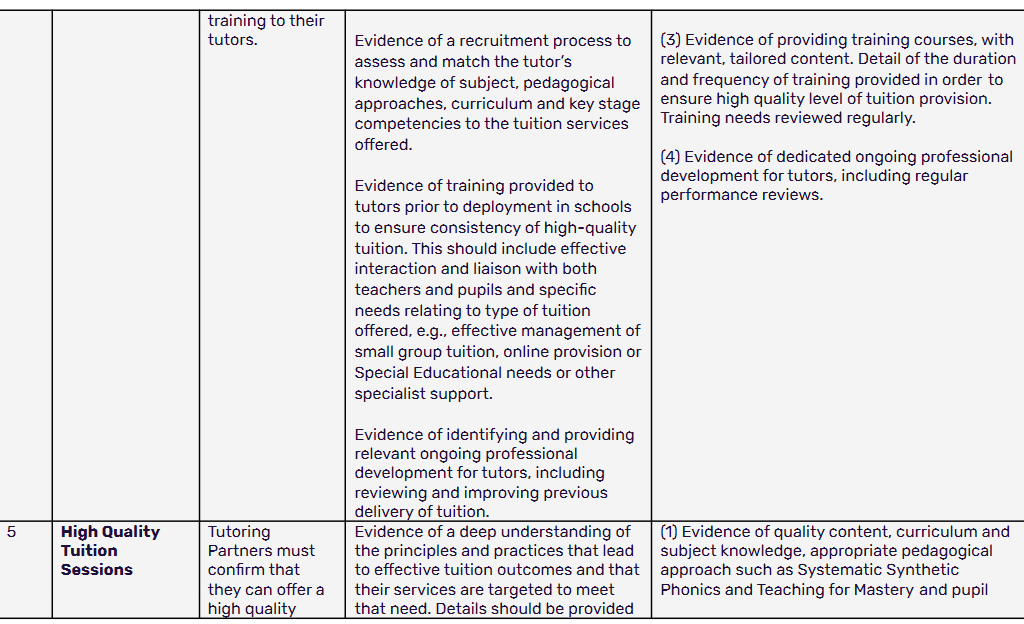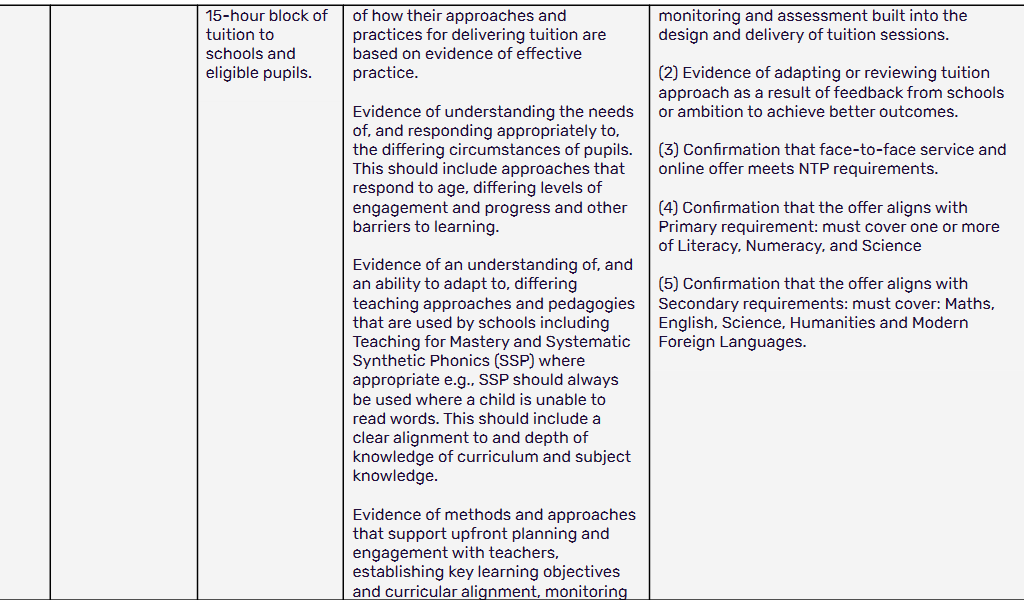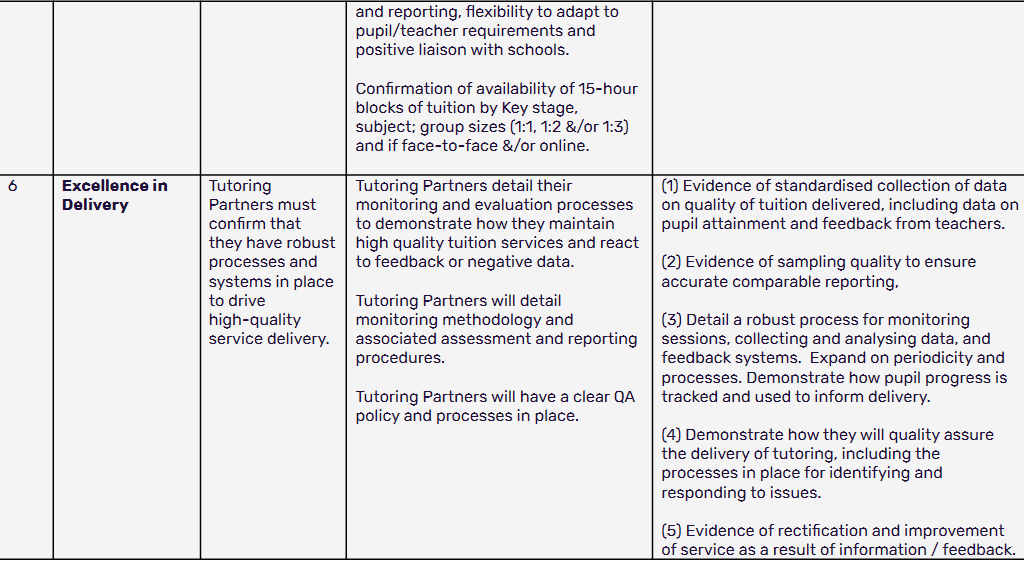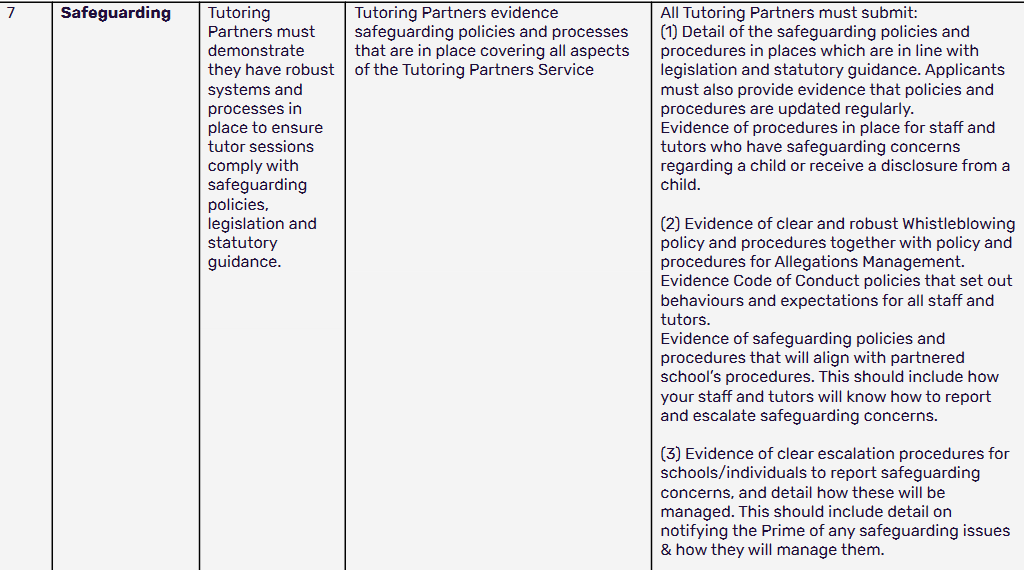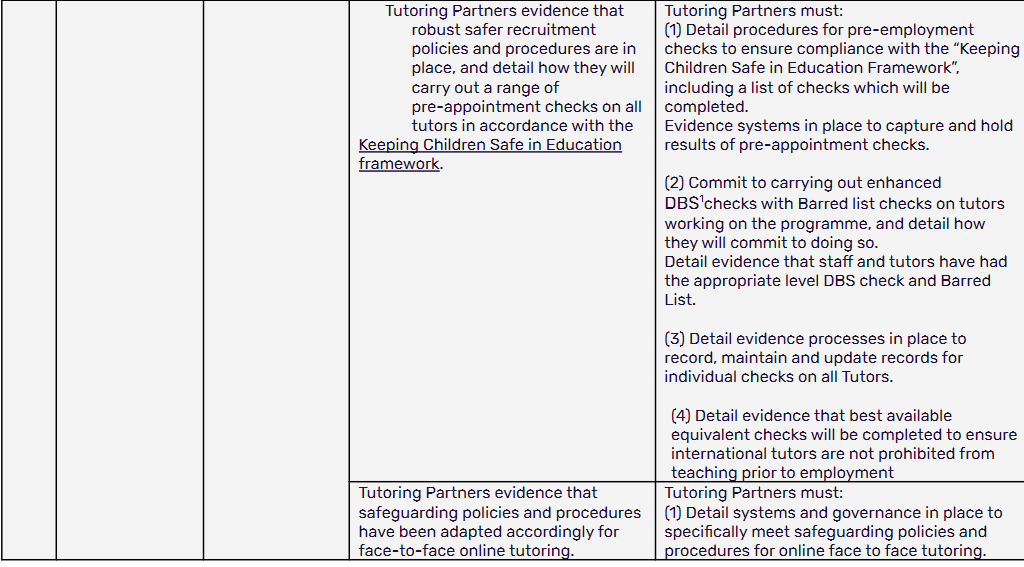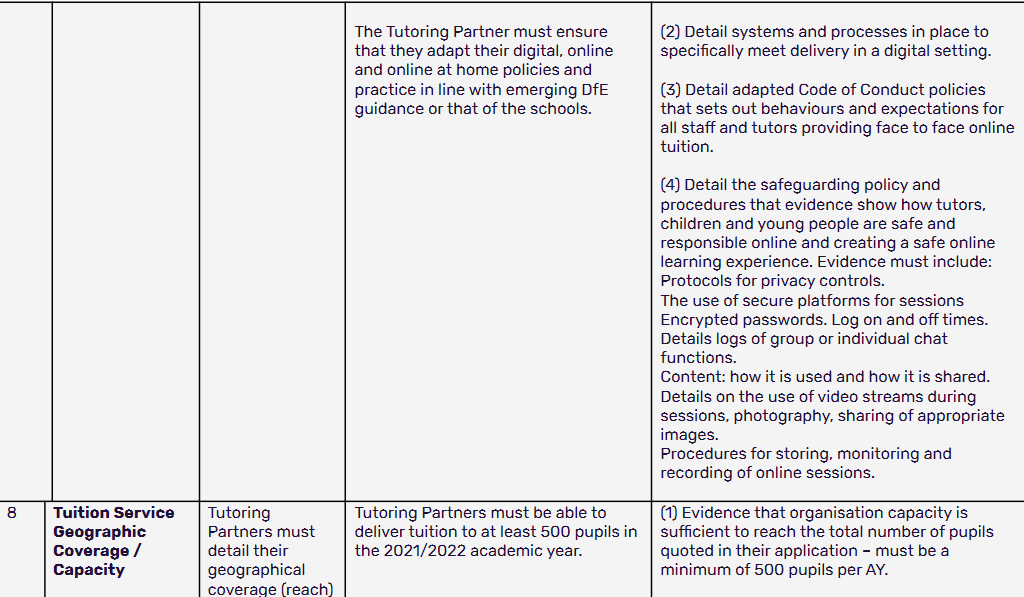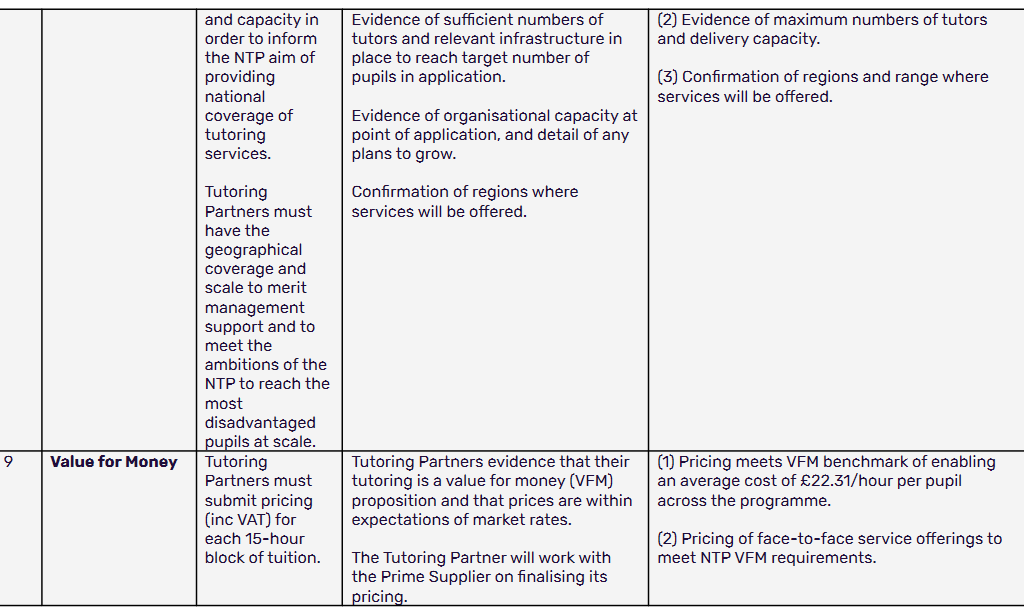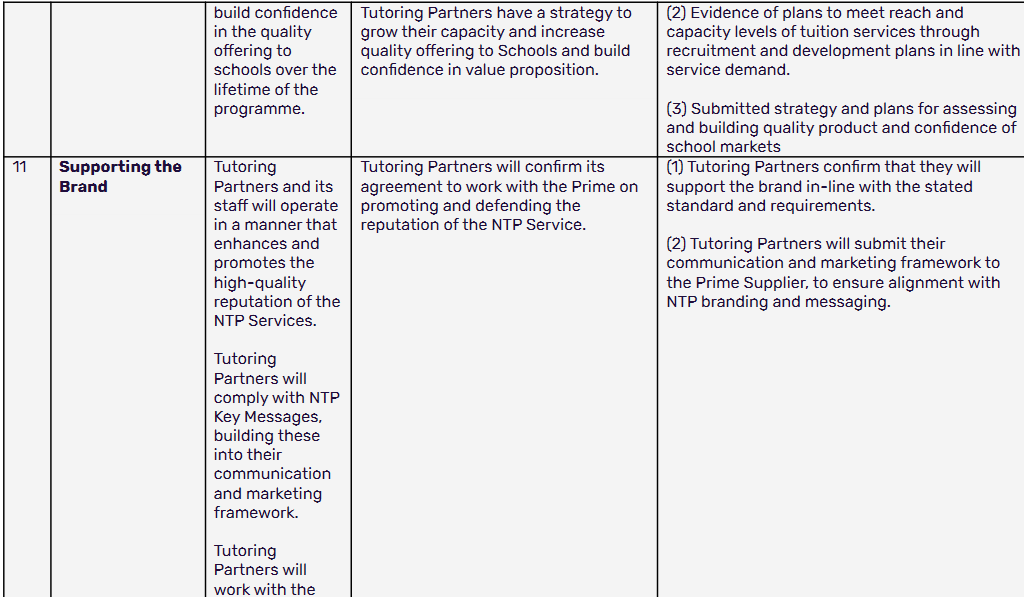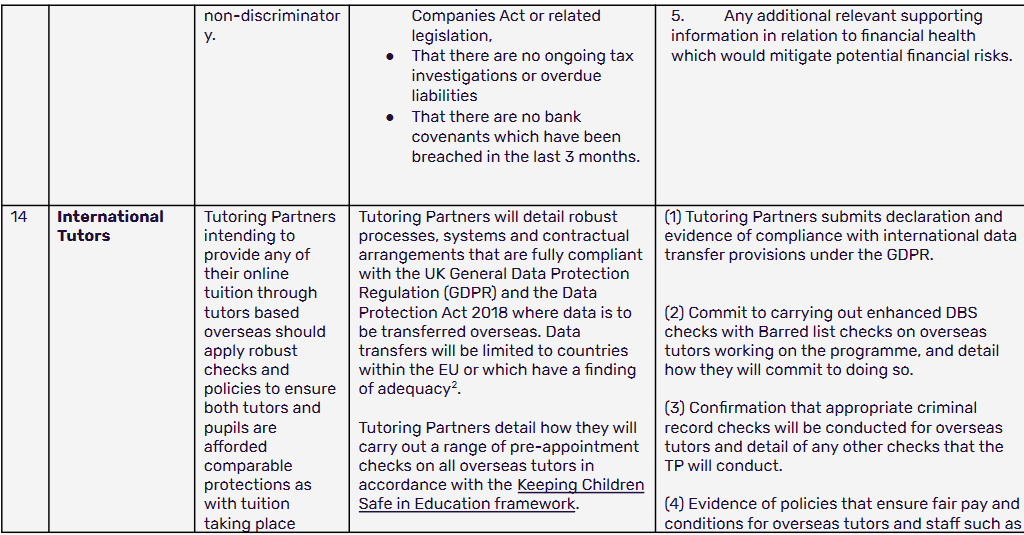Data loss can happen– and it can happen more often than you think. Sometimes it is accidental. Sometimes it is not. It can be a hacker, or it can simply be your wife! As a matter of fact, Hemingway recounts the horror of this experience in A Moveable Feast: “I was sure she could not have brought the carbons too….It was true alright and I remember what I did in the night after. I let myself into the flat and found it was true.” Back in 1922, Hemingway’s wife, Hadley, lost his works in progress and his carbon copies when they were stolen during a train ride to Switzerland. This could be the first off-site backup in history despite the fact that it ended in a misadventure!
Saving back ups in different locations is a strategy described by the 3-2-1 rule. Interestingly, we have a professional photographer to thank for the 3-2-1 backup strategy that many companies employ today. Peter Krogh, originally shared the concept in his 2009 book The DAM Book: Digital Asset Management for Photographers.
The 3-2-1 rule recommends that you keep at least three copies of your data. You need to store two of these copies on separate media devices and at least one additional copy at an off-site location. An off-site location is important due to potential physical threats such as hardware failures, theft, fire and water leaks. Doom and Gloom scenarios can happen in real life! A fire at a French cloud services firm recently damaged millions of websites, including government agencies’ portals, banks, and news websites. When disaster strikes, you’ll be able to restore your data thanks to your remote copy. Some writers even swap external hard drives with each other once a month for safekeeping. This may sound like an extreme solution, but it is how Pixar saved ‘Toy Story 2’ from almost complete deletion. Restoring your data from an off-site backup can save your work, but this means that you need to keep this copy up to date.
On the other hand, a cloud backup is a convenient and automated solution. You no longer need a manual processes or calendar reminders, and you can avoid the risk of human error. There are many affordable Cloud backup solutions such as BackBlaze ($5/month), Carbonite ($59.99/year), Mozy ($5.99/month), and Crashplan for Small Business ($10/month, per device), and some of these services will even send you a new hard drive with your files. Tip: When you first sign up for one of these services, let the cloud backup program run when you’re not using your computer. Don’t be alarmed if you notice your system slowing down as the program needs to upload every file you have. However, future backups, which ought to happen behind the scenes as you go about your work, won’t require as much bandwidth since the service only will only need to upload new or updated files.
Services like Dropbox, Microsoft OneDrive, and Google Drive provide plenty of free storage for your off-site backup needs as well. Always keep the 3-2-1 rule in mind because even Google can be hacked, and even its servers and built-in redundancies can suffer failure. For your second on-site back up you can invest in an external hard disc, connect it to your computer and learn how to use ‘’set-it-and-forget-it’’ software solutions and back up your entire hard drive. If you are a Mac user, Time Machine can help you recover not just the last version of a file but also previous versions. Backing up on a CD/DVD is not recommended as new laptops will not have a CD/DVD drive. If you think that a flash drive is enough for backing up your contents, make sure to purchase a reliable one. Once back up is complete, click on the drive icon and drag it to the trash. Do not disconnect the Flash Drive from your computer until the icon has disappeared from your desktop! Doing so may damage the files on your flash drive. If you are a Mac user you need to select a compatible external hard disc / flash drive. If not, you still have the solution to give it a compatible format. In case you want to backup your bookmarks we have useful instructions:
• Safari – Launch Safari. Click on the File menu and select Export Bookmarks. This will create a file that contains your bookmarks. Drag this file to your back-up device.
Firefox – Launch Firefox. Click on Bookmarks and select Organize Bookmarks. The menu bar changes once this selection is made. Then, go
to the File menu and drag to Export. This will create a file that contains your bookmarks for Firefox. Drag this file to your back-up device.
• Chrome – As long as you have logged in to Chrome with your Google Account and selected your sync settings there is no need to backup your bookmarks. Once you login from a new device your bookmarks will sync automatically.
Last but not least, do not underestimate the risk of data loss; you will never regret the invested time and budget dedicated to the safety of your learning contents!



